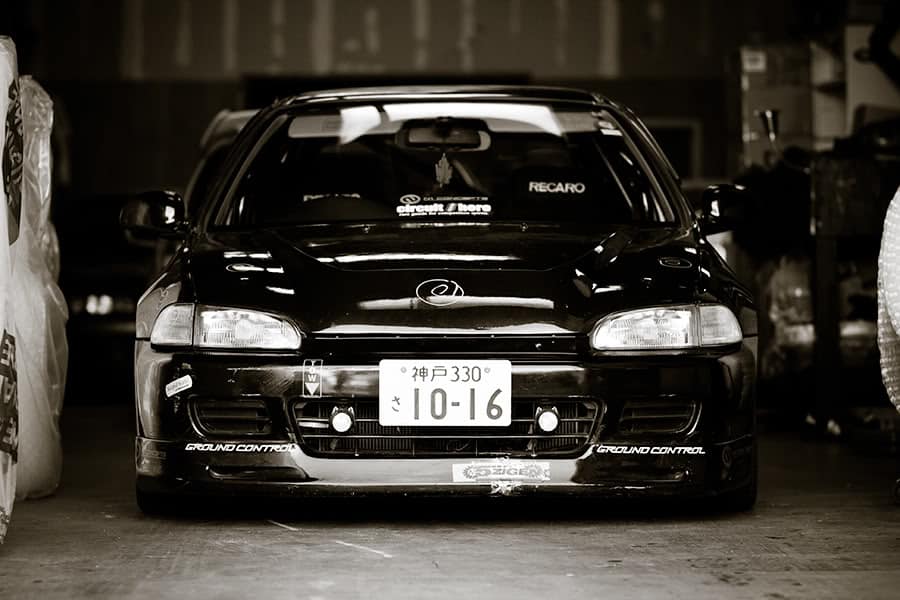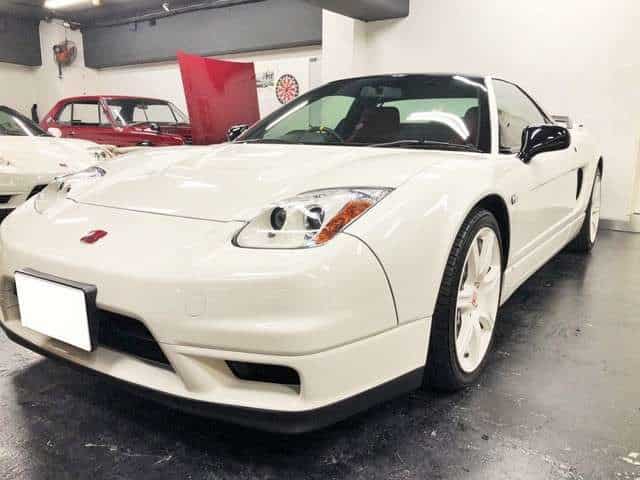Rolling back a vehicle’s odometer, typically by replacing it with a lower KM unit from a junkyard, is an easy way to increase profits when a dealer is selling a car.
Despite the fact that it is illegal – some unscrupulous Japanese exporters still do it. By some estimates, as many as 80% of vehicles have had their odometer tampered with.
How can you protect yourself when buying a car in Japan, sight unseen?
Look no further than JEVIC. By verifying the mileage on cars after it leaves the auction house, and before you purchase it, JEVIC makes sure you know the real distance the car has covered on the road preventing you from being overcharged for an underwhelming vehicle.
What is JEVIC?
Japan Export Vehicle Inspection (JEVIC) is a reputable Japanese organization which inspects the car’s condition before it is exported offshore.

Why Should You Trust JEVIC?
That’s a valid question, given the fact that you weren’t even aware of JEVIC’s name five minutes ago. Fortunately, though, JEVIC is a brand that is trusted by worldwide governments. Hence the reason why most countries have conditions binding their car importers to receive a JEVIC certificate before importing any vehicle from Japan. That means you can afford to trust this company.
How JEVIC Works?
There are two options available to you through JEVIC:
#1: Checking the National database
- Cost: 3500 Yen
- Type of inspection: From records
While a JDM import’s history won’t be visible within a Carfax report in Canada or the USA, it is available from the country of origin. Every country has a database where it stores data regarding the cars running on its roads, and Japan is no exception.
In fact, the standards for vehicle inspection in Japan (aka “Shaken“) are much more robust than in North America. This database is updated every time a car undergoes its mandatory inspection.
Hence the reason why JEVIC turns to this option. It knows that the car seller might fool you, but the seller cannot fool the system. They check the national database to compare the mileage logged there against what the car is showing.
#2: National database + Physical Inspection
- Cost: 6000 Yen
- Type of inspection: From records + physical inspection
To really reduce your risk, this option includes an inspector from JEVIC who will visit your premises to check the car’s condition. With their company-defined standards, they check your car’s odometer and other relevant parts to gauge the veracity of its mileage.
They also perform an inspection which gives you additional information to decide whether or not the car’s condition warrants its price.
Conclusion
Although the JEVIC method is undoubtedly the best, there are other ways to assess whether a car’s given mileage is accurate. For instance, a worn-out steering wheel, battered gear knob, and shabby brake pedal are indicators that the car has seen long-term use. That said, if you want a clear picture, nothing beats JEVIC.
FAQ
For most people buying a JDM engine, current and possible maximum power output is a major concern. But you can’t know the current power output of a 20-year-old engine, so you should consider possible maximum power output first. Then check reliability data online and compare the JDM engine options on your list. Lastly, aftermarket support is paramount when considering a JDM engine. If the engine has low aftermarket support, you are buying it to sit in your garage and wait for custom parts or until when parts will become available.
The engine code on most JDM engines is stamped on the block or head, and you’ll need a flashlight to find it. If you can’t find it on the engine block or cylinder head and the engine is still in the car, find the VIN and check it online. The VIN reveals all the car’s information, including the engine model. The first four or five numbers/letters will provide the engine’s information.
JDM engines are capable of massive power outputs, and there’s a chance the engine might have faults. Start by inspecting the engine’s overall condition, as this helps identify missing parts and faults on surface components, such as cracks on the block, cylinder head, and manifold. Then start the engine and let it run for a while. If it runs smoothly, it’s in good condition, but remember that 20-year-old engines aren’t always 100%.
There are various software programs that you can run on a laptop to help identify the ECU version of a JDM engine. But you’ll need a special cable (MPPS, Galletto or Kess) to connect the laptop to the ECU via the OBD port. Then on the software, you are running, select the ECU option, which will e reveal the ECU info. If this doesn’t work, scroll until you find the ECU software number option. Clicking it will reveal the software version of the JDM engine.






You must Register or Login to post a comment